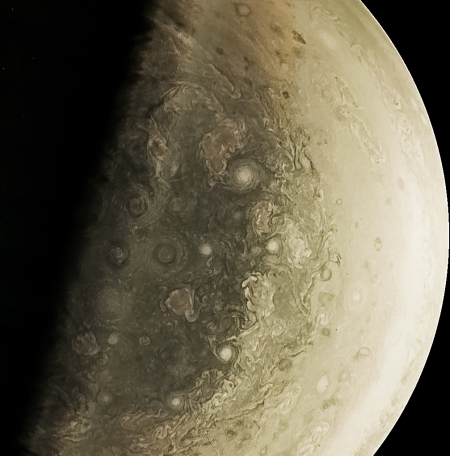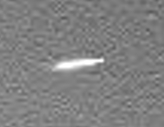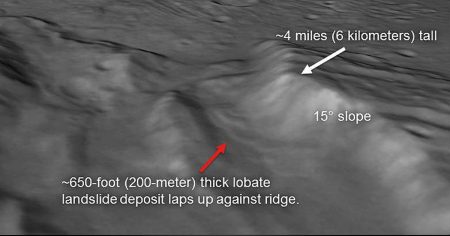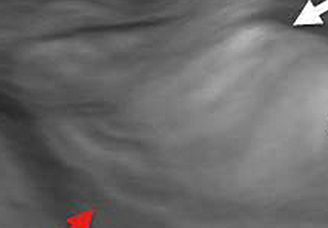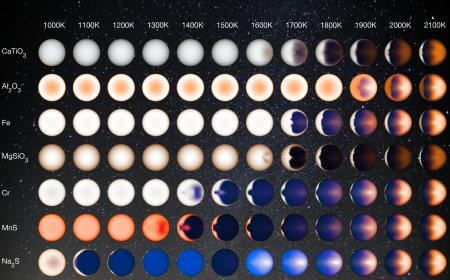Juno successfully completes engine burn with smaller thrusters
Having successfully left safe mode, engineers had Juno do a 31 minute engine burn on Tuesday to adjust its orbit using its smaller thrusters.
The burn, which lasted just over 31 minutes, changed Juno’s orbital velocity by about 5.8 mph (2.6 meters per second) and consumed about 8 pounds (3.6 kilograms) of propellant. Juno will perform its next science flyby of Jupiter on Dec. 11, with time of closest approach to the gas giant occurring at 9:03 a.m. PDT (12:03 p.m. EDT). The complete suite of Juno’s science instruments, as well as the JunoCam imager, will be collecting data during the upcoming flyby.
That they will definitely collect data during the December 11 flyby means that they are going to delay again the main engine burn that will reduce the spacecraft’s orbit to 14 days, its official science orbit. This also means that they are still uncomfortable firing that main engine. It is also not clear from the press release whether this burn was planned, or was added to compensate for the main engine issues.
The vagueness makes me think that Juno has some serious issues that they haven’t yet told us about.
Having successfully left safe mode, engineers had Juno do a 31 minute engine burn on Tuesday to adjust its orbit using its smaller thrusters.
The burn, which lasted just over 31 minutes, changed Juno’s orbital velocity by about 5.8 mph (2.6 meters per second) and consumed about 8 pounds (3.6 kilograms) of propellant. Juno will perform its next science flyby of Jupiter on Dec. 11, with time of closest approach to the gas giant occurring at 9:03 a.m. PDT (12:03 p.m. EDT). The complete suite of Juno’s science instruments, as well as the JunoCam imager, will be collecting data during the upcoming flyby.
That they will definitely collect data during the December 11 flyby means that they are going to delay again the main engine burn that will reduce the spacecraft’s orbit to 14 days, its official science orbit. This also means that they are still uncomfortable firing that main engine. It is also not clear from the press release whether this burn was planned, or was added to compensate for the main engine issues.
The vagueness makes me think that Juno has some serious issues that they haven’t yet told us about.

